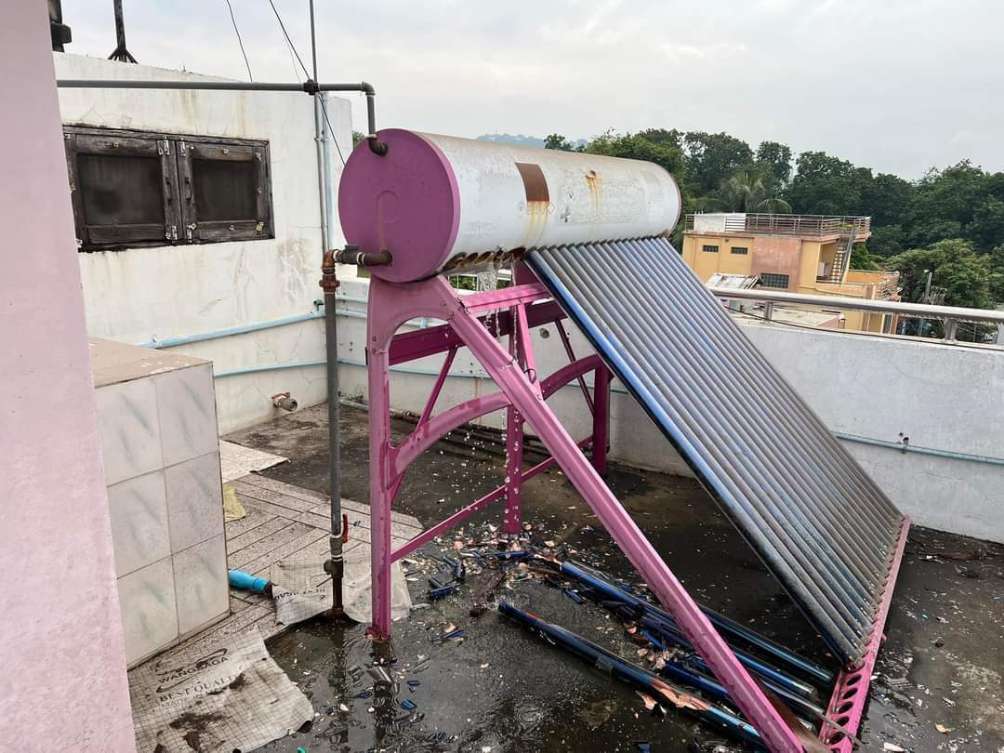
Developing global standards for Vehicle-to-Everything (V2X) communication is a critical endeavor that will significantly influence the future of connected and autonomous vehicles, smart cities, and transportation infrastructure.
V2X communication enables vehicles to exchange information with each other (Vehicle-to-Vehicle, V2V), with road infrastructure (Vehicle-to-Infrastructure, V2I), with pedestrians (Vehicle-to-Pedestrian, V2P), and with networks (Vehicle-to-Network, V2N).







For V2X systems to work seamlessly across different regions and manufacturers, global standards are necessary. Here’s an overview of the key elements involved in developing these standards:
1. Necessity of Global Standards
Interoperability: Vehicles, infrastructure, and devices from different manufacturers and regions need to communicate seamlessly to ensure the effectiveness of V2X systems. Global standards ensure that all systems can interact regardless of the manufacturer or region.
Safety: Consistent and reliable communication protocols are essential to ensure the safety of V2X systems, particularly in real-time scenarios such as collision avoidance and autonomous driving.
Scalability: Global standards allow for scalable deployment of V2X technology, facilitating widespread adoption and reducing the costs associated with developing region-specific solutions.
2. Key Areas of Standardization
Communication Protocols: Defining standard protocols, such as Dedicated Short-Range Communications (DSRC) and Cellular V2X (C-V2X), is crucial for ensuring that all vehicles and infrastructure can communicate effectively. These protocols dictate how data is exchanged between different V2X entities.
Frequency Bands and Spectrum Allocation: Standardizing the radio frequencies used for V2X communication is essential to avoid interference and ensure reliable communication. Different regions may allocate different parts of the spectrum, so harmonization is necessary.
Data Formats and Message Sets: Standardizing the formats of the data exchanged between vehicles and infrastructure, including safety messages, vehicle status updates, and traffic information, ensures that all V2X systems can interpret the information correctly.
Security Protocols: Establishing global standards for encryption, authentication, and data privacy is crucial to protect V2X systems from cyber threats and ensure user trust in the technology.
Testing and Certification: Developing standardized testing procedures and certification processes ensures that V2X systems meet global safety and performance standards before they are deployed.
3. Organizations Involved in V2X Standardization
3rd Generation Partnership Project (3GPP): 3GPP is responsible for developing global standards for cellular communication technologies, including C-V2X, which is a key component of V2X communication.
Institute of Electrical and Electronics Engineers (IEEE): IEEE has developed standards like IEEE 802.11p, which is used for DSRC, a V2X communication technology that supports direct communication between vehicles and infrastructure.
European Telecommunications Standards Institute (ETSI): ETSI plays a major role in developing standards for Intelligent Transport Systems (ITS) in Europe, including those related to V2X communication.
International Telecommunication Union (ITU): The ITU is responsible for coordinating global spectrum allocation and developing standards for wireless communication, which includes V2X.
SAE International: SAE develops standards related to automotive engineering, including those for V2X communication protocols and data formats.
4. Challenges in Developing Global Standards
Regional Differences: Different regions have varying regulatory requirements, spectrum allocations, and infrastructure capabilities, making it challenging to create a unified global standard.
Technological Divergence: The existence of multiple V2X technologies, such as DSRC and C-V2X, complicates the standardization process. Each technology has its strengths and weaknesses, leading to debates over which should be adopted as the global standard.
Industry Competition: Companies may push for standards that favor their own technologies or business models, creating barriers to achieving consensus on global standards.
Regulatory Coordination: Global coordination among regulatory bodies is required to align spectrum allocations and regulatory frameworks, which can be complex and time-consuming.
Security Concerns: Developing global standards for security in V2X communication is challenging due to the need for robust protection against cyber threats while maintaining the performance needed for real-time communication.
5. Steps Toward Global Standardization
Collaboration Among Stakeholders: Governments, regulatory bodies, automotive manufacturers, technology providers, and standardization organizations must collaborate to develop and adopt global standards. Public-private partnerships and industry consortia can facilitate this collaboration.
Harmonization of Regional Standards: Regional standards should be aligned with international guidelines to create a coherent global framework. Mutual recognition of standards and certifications can help bridge gaps between regions.
Pilot Programs and Interoperability Testing: Conducting pilot programs and interoperability testing across different regions and technologies can help identify challenges and refine standards. Real-world testing is crucial to ensure that V2X systems function correctly in diverse environments.
Continuous Updates and Revisions: As V2X technology evolves, standards must be continuously updated to reflect new developments, address emerging challenges, and incorporate feedback from stakeholders.
6. Future Outlook
Convergence of Technologies: Over time, the industry may converge on a unified V2X standard that incorporates the best aspects of different technologies, such as DSRC and C-V2X. This convergence will be driven by the need for interoperability and the widespread adoption of 5G networks.
Global Adoption and Implementation: As global standards are established, V2X technology will become more widely adopted, leading to safer and more efficient transportation systems. Ongoing collaboration and commitment from all stakeholders will be key to achieving this goal.
Innovation and New Applications: Standardization will enable innovation in V2X applications, supporting the development of new services and use cases that enhance mobility, safety, and user experience.
Conclusion
Developing global standards for V2X communication is crucial for the success of connected and autonomous vehicles, as well as the broader adoption of smart transportation systems. Global standards will ensure that V2X systems are interoperable, safe, and scalable, enabling a connected transportation ecosystem that can operate seamlessly across different regions and manufacturers. The challenges in achieving these standards are significant, but with ongoing collaboration and commitment from all stakeholders, the future of V2X communication holds great promise for transforming mobility and transportation worldwide.

Leave a Reply